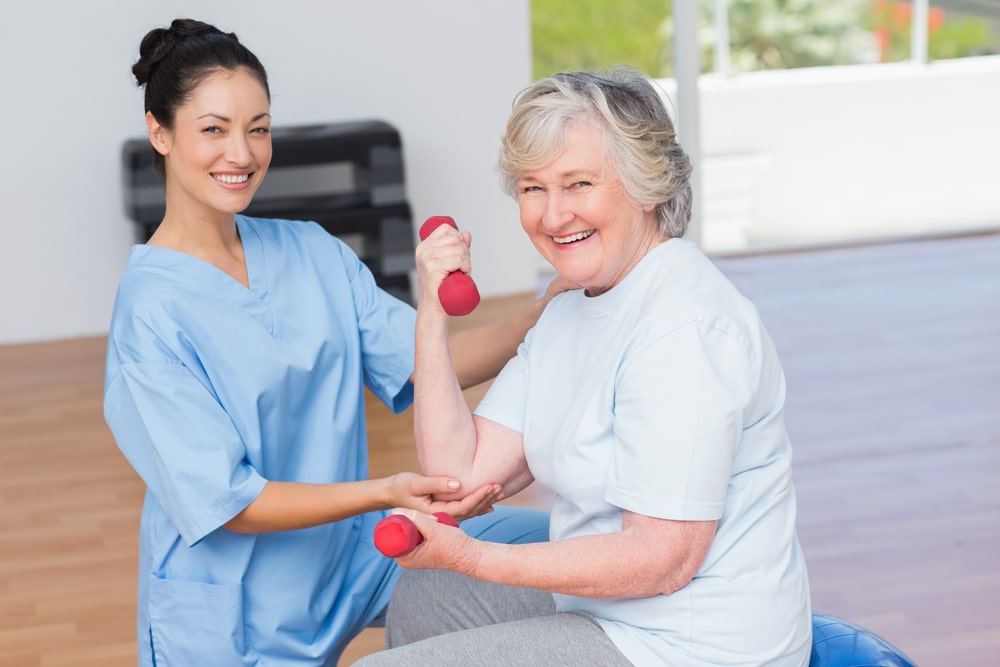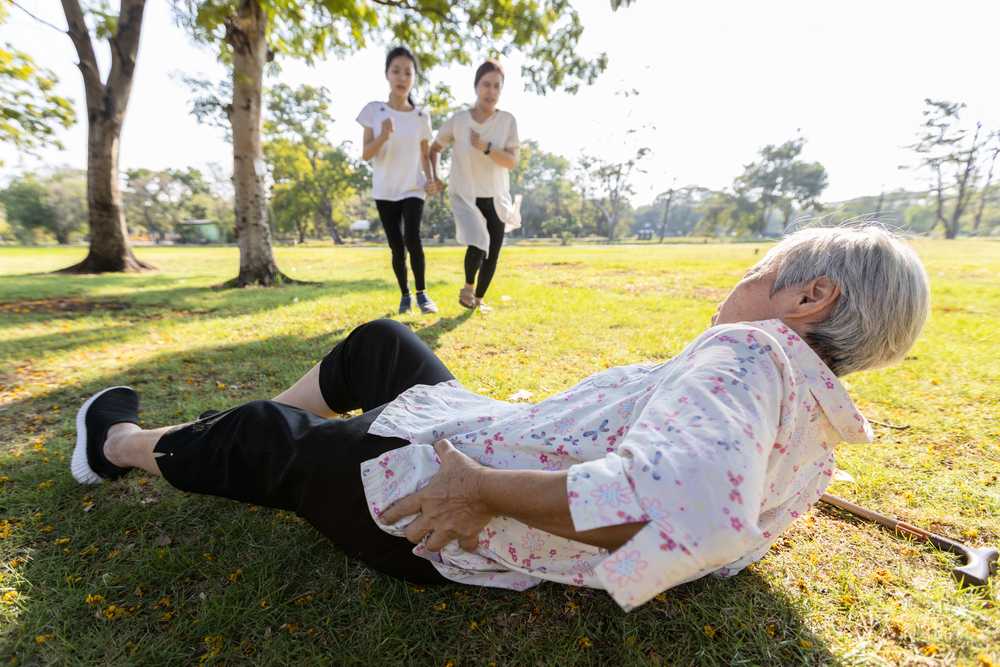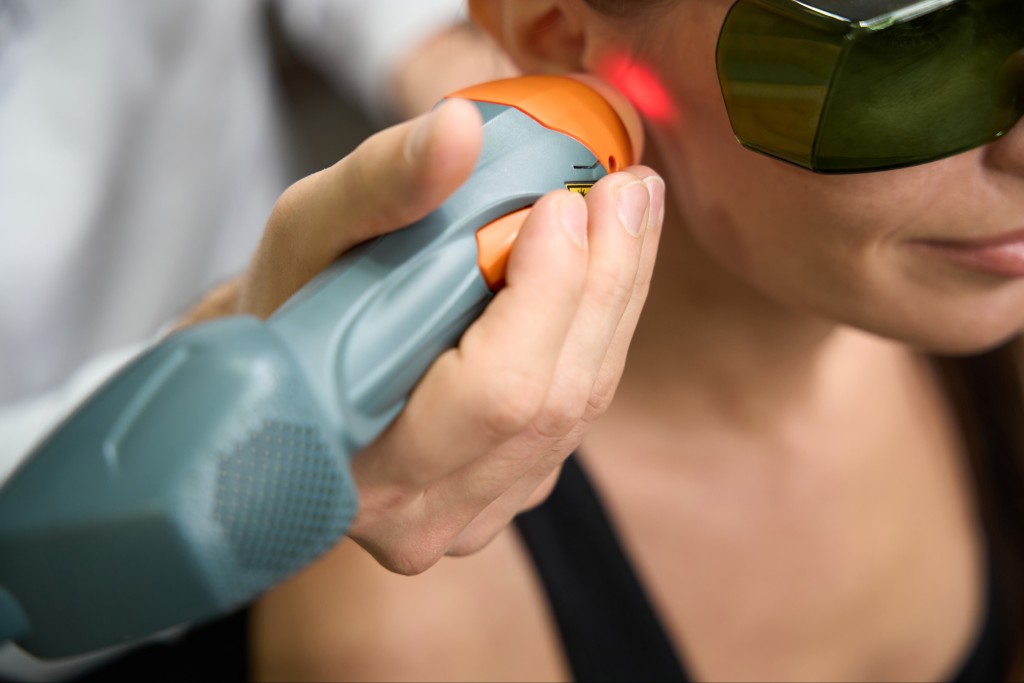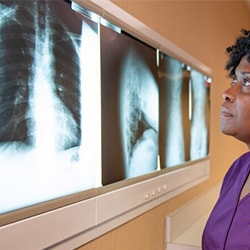Breaking a bone is unpleasant no matter which one it is or how old you are when it happens, but hip fractures are particularly frightening for people aged 65 or older. They are also increasingly common as life expectancy rates rise across the world. Approximately 300,000 adults break a hip each year in the United States.
A hip fracture means that a patient will not only experience pain related to the break but will also have to manage the loss of independent living as hip fractures inhibit daily functioning. The hip joints do a lot of the weight-bearing work required for standing, walking, and sitting, not to mention the basic movement required to get just about anything done in a busy life.
Despite advances in medicine that have reduced mortality rates for just about every other existing medical condition, there has not been a significant change in the mortality rate for those who suffer hip fractures. Since the 1980s, research has consistently shown that this rate has stagnated at 60 years.” >around 22%. That is, just under a quarter of adults aged over 65 die within the first year after a hip fracture occurs. Those who do recover still suffer the complications of the recovery process, which could mean months of lost independence or even a permanent disability.
What Is a Hip Fracture?
You most likely know that a hip fracture involves a broken bone in the hip area. However, it can be difficult to picture how a hip fracture looks or the ways it affects the body. In fact, a hip fracture isn’t actually a break in the hip itself. It can be a break in the thigh bone (femur) near the hip joint or in the pelvic bone where the ball of the hip joint rests inside the socket.
Causes of Hip Fractures
The most common cause of a hip fracture is a fall. These occur more frequently among seniors due to changes in bone density. Osteoporosis is often associated with hip fractures. This is a medical condition in which a significant amount of calcium loss occurs as you age. For women, this can mean up to a 50% loss of bone density after age 50. The loss of bone density is due in part to menopause because estrogen is a contributor to maintaining bone density.
Unfortunately, hip fractures can occur spontaneously in older people with osteoporosis. There have been cases where a break occurs when walking or standing up out of a chair.
Hip Fracture Risk Factors
A risk factor is a trait or condition that makes you more vulnerable to something. Other than osteoporosis, which is the most significant risk factor for a hip fracture, you may be especially at risk due to the following.
Age: The most commonly affected demographic for hip fractures is seniors aged over 65. Bones lose density and weaken with age. There are also more likely to be issues with mobility and balance, leading to more risk of falling.
Gender: Because of the role estrogen plays in bone density and strength, post-menopausal women are significantly more likely to experience hip fractures. About 75% of all hip fractures are suffered by women.
Activity level: Regular exercise, especially that which uses resistance to build muscle, can protect you against a hip fracture. Those who are more sedentary and do not exercise as much as recommended are more likely to break a hip.
Medication: Some medications cause drowsiness or decreased blood pressure, which make falls more likely. If you are taking medication that affects your balance or mobility, talk to your doctor.
Health conditions: Vitamin D and calcium deficiencies can put you at a higher risk of breaking a bone. There are also medical conditions, like Parkinson’s disease, which make you more likely to fall and break a hip. In addition to osteoporosis, there are other conditions that affect your body’s ability to deliver important hormones (endocrine disorders) or nutrients (intestinal disorders) to your skeleton.
Alcohol and tobacco: Both of these substances disrupt your body’s ability to build and maintain bone.
Hip Fracture Complications
There are serious issues that can arise as a result of hip fractures. As part of the recovery process, full immobilization and bed rest is required to heal. This lack of movement can result in blood clots and potentially fatal pulmonary embolisms. Bedrest can also result in atrophy of the muscles and bedsores.
Sometimes, the fracture occurs in such a way that blood circulation is interrupted. The head of the femur can lose out on needed blood supply, causing some of the tissues to die. This is called femoral avascular necrosis.
The loss of independence, the financial burden of long hospital stays and potential loss of employment, and the difficult recovery can all lead to one of the most significant effects of a hip fracture. Patients who suffer hip fractures are significantly more vulnerable to depression than peers of the same age who do not experience fractures.
Preventing Hip Fractures
Know Your Risk
It is important to be aware of the possibility of hip fracture. Risk increases exponentially with each year of age. One in three women over the age of 50 will suffer a hip fracture in their life. For men, that number is one in five.
Since hip fractures are associated with bone density, it is recommended that bone density testing occurs regularly for all women aged 65 and older as well as younger women and men who have a higher than normal risk. Bone density screening is associated with a 36% lower risk for hip fractures.
Physical Fitness
The main form of prevention is physical fitness. Muscle strength is necessary for keeping your body stable. It will also help you endure longer bursts of movement and provide balance. Stronger muscle also ensures that the skeleton is better protected.
Maintaining a healthy amount of activity and movement, especially as you get older, will help build muscle mass and strength and limit the loss of bone density. Swimming and walking or other weight-bearing exercises are especially helpful. Some have found tai chi and similar exercise programs to be helpful for improving strength and balance. Whatever kind of exercise you choose to do, make sure to do it regularly. At least one study shows that participating in regular exercise can cut your risk for a hip fracture in half.
Adequate Nutrition
 Part of the reason that women struggle with maintaining bone density is that many women also struggle with yo-yo dieting throughout their life. Inconsistent nutrition has a negative impact on the level of vitamins and minerals within the body. As you get older, you should ensure that your diet contains enough calcium, vitamin D, potassium, and protein to support muscle strength and bone density.
Part of the reason that women struggle with maintaining bone density is that many women also struggle with yo-yo dieting throughout their life. Inconsistent nutrition has a negative impact on the level of vitamins and minerals within the body. As you get older, you should ensure that your diet contains enough calcium, vitamin D, potassium, and protein to support muscle strength and bone density.
Although your needs will vary depending on your body composition, women under the age of 50 and men under the age of 70 should try to consume at least 1,000 mg of calcium each day. That number should increase to 1,200 mg after a woman’s 50th birthday or a man’s 70th birthday. At least 600 IU of vitamin D daily until age 70, regardless of gender, is also recommended because vitamin D is necessary for your body to absorb calcium.
Calcium-rich foods include:
- Dairy products, including milk, yogurt, and cheese
- Soybeans
- Dark, leafy greens like kale and spinach
- Figs, oranges, blackcurrants, and blackberries
- Calcium-fortified foods like orange juice
Vitamin D is a bit harder to find in food. You can take supplements or eat more of certain kinds of fish, including swordfish, salmon, cod, sardines, and tuna.
Environmental Changes
You can make changes to your home and other environments by removing trip hazards. You should be able to navigate all areas easily without the risk of falling. Keep objects off the floor, use rug pads underneath all rugs, and make sure bath rugs are slip-resistant. Installing grab bars by the toilet and tub can help prevent slipping on a wet floor. Keep all areas well-lit, including with nightlights in the dark.
Label Warnings
Before taking any new medications, talk with a doctor about any potential for drowsiness or other side effects that may cause you to fall. If you are currently taking regular medication, complete a medication check with your doctor. They may be able to prescribe alternatives that are less risky.
Regular Eye Exams
If there are any problems with your vision, you are much more likely to trip and fall. Even if you have historically had 20/20 vision, chances are that aging has affected your sight. Get a regular eye exam and keep your prescriptions for eyeglasses and contact lenses updated.
Chiropractic Care for Preventing Hip Fractures
 Chiropractic adjustments are just one of the treatments you can receive at a multi-specialty orthopedics clinic like AICA Atlanta. Once you visit AICA, a team of medical experts and specialists will create a treatment plan that will support your fracture prevention goals. If you have already had a hip fracture, your recovery goals can also be addressed by a team that includes physical therapists, orthopedic doctors, chiropractors, neurologists, and more. If you are concerned about preventing a hip fracture, call AICA today to schedule a visit.
Chiropractic adjustments are just one of the treatments you can receive at a multi-specialty orthopedics clinic like AICA Atlanta. Once you visit AICA, a team of medical experts and specialists will create a treatment plan that will support your fracture prevention goals. If you have already had a hip fracture, your recovery goals can also be addressed by a team that includes physical therapists, orthopedic doctors, chiropractors, neurologists, and more. If you are concerned about preventing a hip fracture, call AICA today to schedule a visit.








